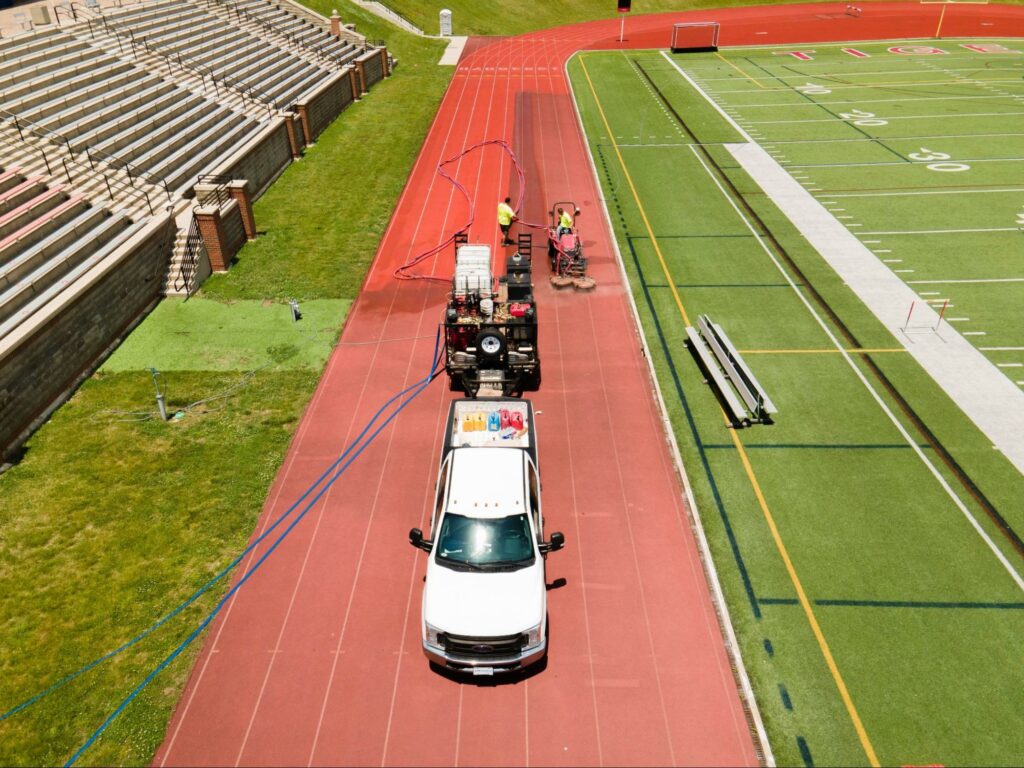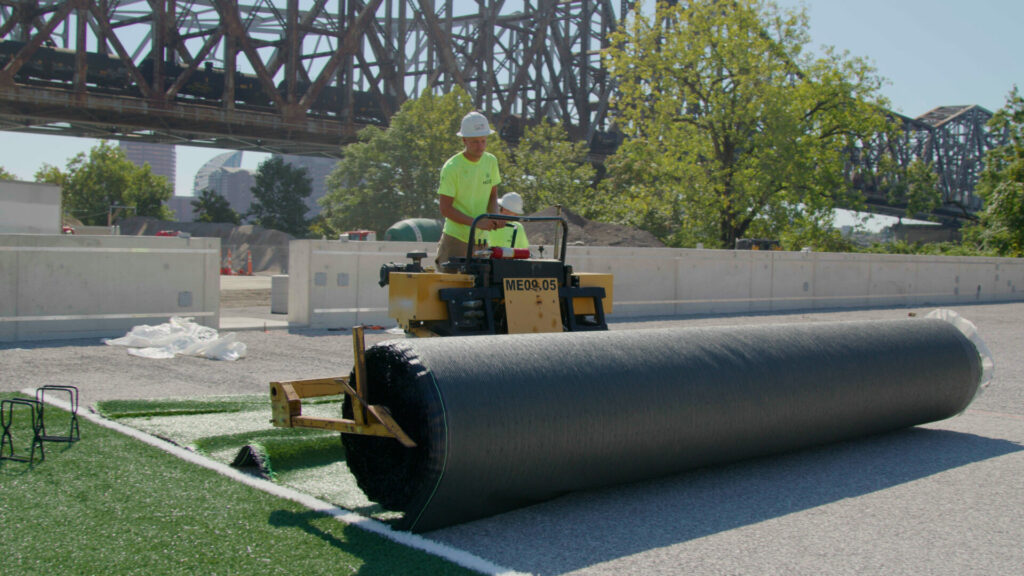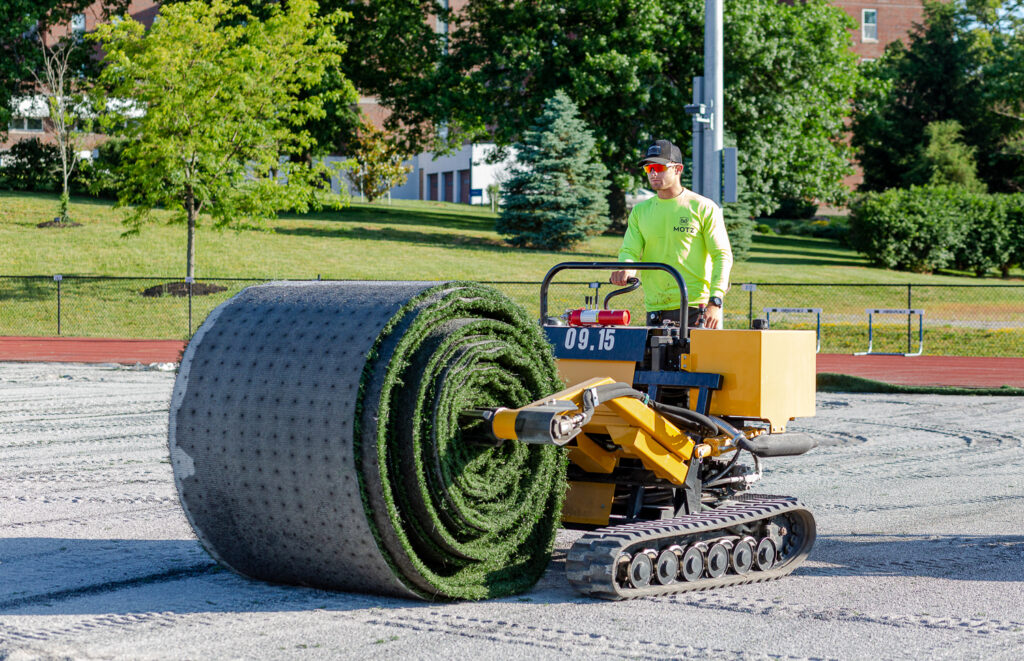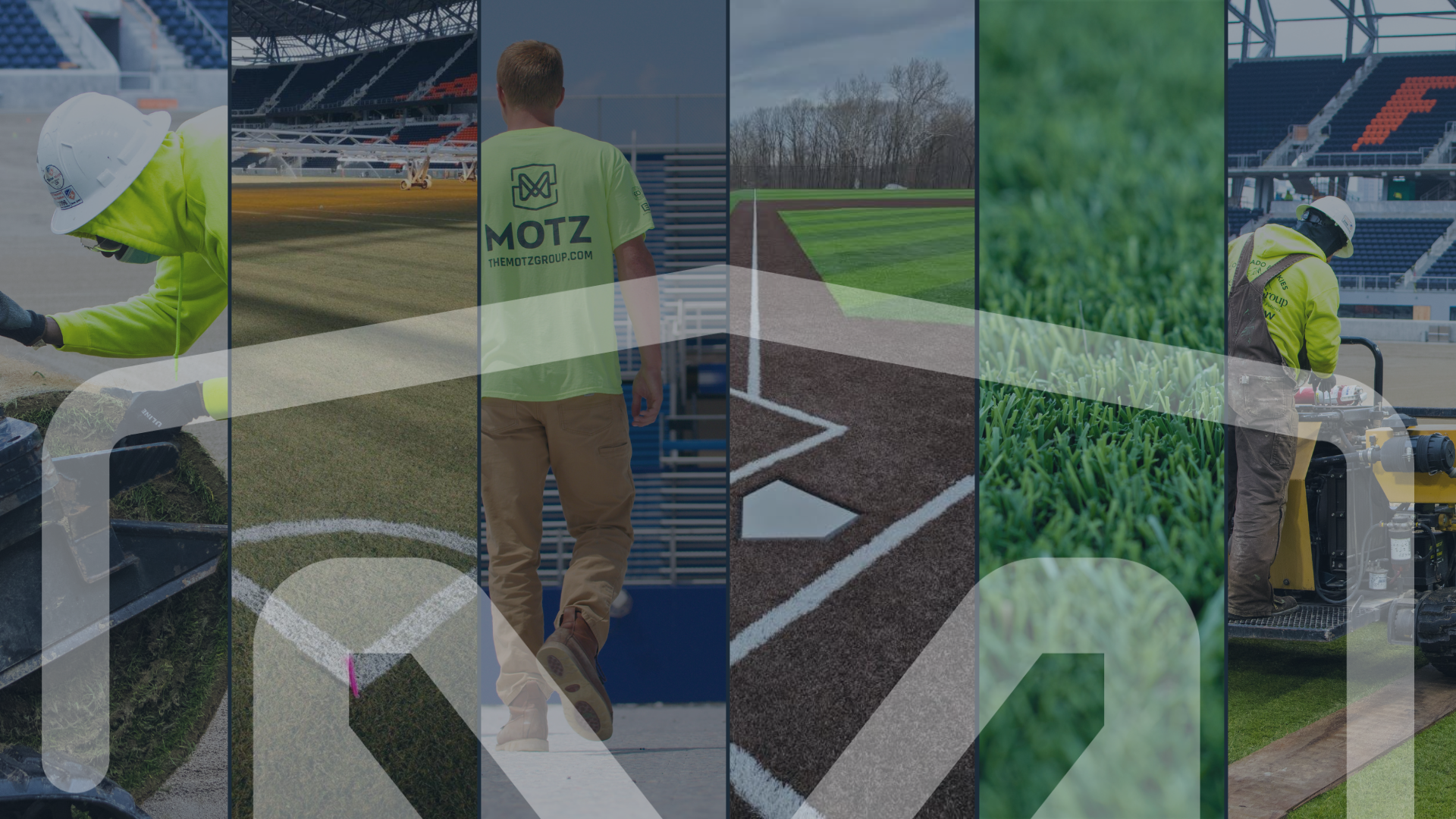
Sports Field Blog
Subscribe To Email Updates
Subscribe to our weekly newsletter and we’ll send updates straight to your inbox
Are Artificial Turf Fields Better for High School Baseball?
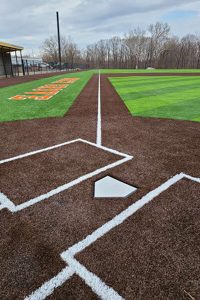
Artificial turf is on the rise for baseball fields, and for good reason.
While the nostalgia of natural grass fields certainly has its place, they’re not always the most ideal surface to play on. Keeping a natural grass field in prime playing condition can take a lot of work, and it’s possible to be just one April shower away from missed games. That’s especially true for grass fields that don’t always have the budget or expertise to provide ideal playing conditions.
Synthetic turf, meanwhile, can offer athletes a home-field advantage you’ll be able to count on. By creating a stable, consistent and level playing surface, players can better focus on competing (and not on field upkeep — something few time-strapped athletes are able to pitch in on nowadays). When paired with a high-quality infill, your turf system’s drainage abilities means the field you’ve invested so much time and money into is much more likely to be played on, too — rain or shine.
Considering upgrading to a synthetic turf baseball field? We’ll walk you through the benefits, and we’ll also help you determine how to choose the best synthetic turf system for your field.
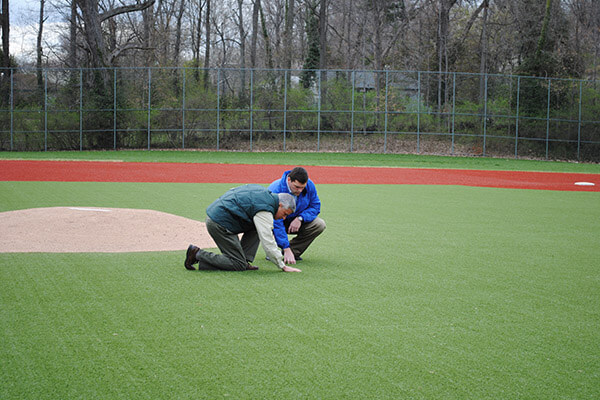
4 Reasons to Choose a Synthetic Turf Baseball Field
1. It offers a high-performing surface.
Bumps, dips and depressions are all possible to find in natural grass fields. In contrast, a well-designed and maintained artificial turf system isn’t just consistently nice to look at. It’ll also offer a super-reliable and smooth playing surface for your athletes, so they can keep taking their hitting and pitching skills to the next level.
2. It’s low maintenance.
If there’s one perk of artificial turf you’re likely already familiar with, it’s that it can be low maintenance. Natural grass fields can require a long list of seasonal maintenance practices in order to keep them game-ready at all times. Meanwhile, your artificial turf field, once installed, will call for comparatively minimal upkeep. That not only saves you time and energy; it’ll put less of a drain on your pocketbook, too. Though pricier on the frontend, a durable, high-quality artificial turf system comes out as the economical choice in the long run, especially when factoring in the hassle of delayed, rescheduled and canceled games.
3. It’s durable.
Baseball is a spring sport, and that, of course, means you’re typically battling spring showers. A durable artificial turf system — one that uses a high-quality infill — is optimized to drain water well and quickly. Meaning? Spring showers won’t turn your field into a liability. Rather than getting torn up and muddy like many natural grass fields do when wet ground and running feet come together, your turf baseball field will drain easily, look great and function optimally year-round.
4. It’s safe.
Because the surface of well-kept artificial turf stays reliably smooth, and because its built-in drainage abilities mean it won’t get slippery, turf can be an ideal choice when it comes to athlete safety. But the right infill can set it even further apart.
More and more baseball field owners are turning to Safeshell infill, particularly for the difference it makes on a field’s warning track. Aptly named, warning tracks typically feature a different surface texture from the rest of the field and have one purpose: to keep athletes safe. A warning track will signal to players, as they chase fly balls in the outfield, that they’re nearing the edge of the field and likely a wall or fence.
Safeshell, a sustainable infill made 100% from U.S.-grown walnut shells, gives players an extra auditory and tactile cue. Although Safeshell isn’t generally noisy in most field applications, for warning tracks, it’s filled nearly all the way to the top of the turf fibers. Producing a clear sound, it feels different underfoot, too, and it’s also much higher density than other natural infills. This means Safeshell won’t shift around, helping to ensure that turf fibers remain upright and athletes stay protected throughout your field.
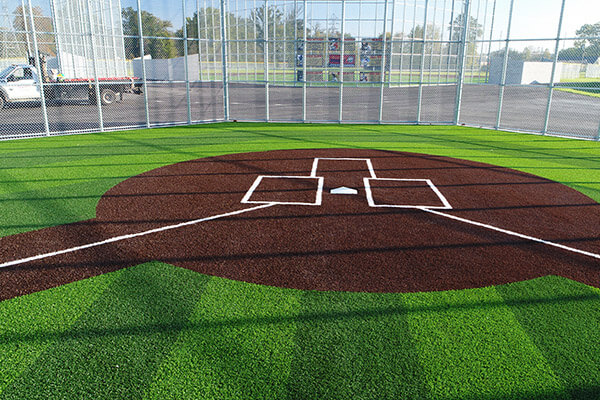
Choosing the best synthetic turf for baseball
Now that you’ve determined artificial turf is the way to go for your baseball field, first things first: you’ll need to decide how, exactly, your field is going to be used.
Will your field be used solely for baseball, or will it be a multi-purpose field that overlaps with soccer and football, too? If your field is going to be used for baseball only, some field owners choose to focus first on installing turf to the higher-maintenance infield, leaving their outfield as natural grass. If you hope to maximize your field as a multi-purpose, multi-sport destination, though, you’ll of course want to convert the entirety of it to turf.
Opted for a baseball-specific field? You’ll want to be sure and prioritize the following areas when choosing the best synthetic turf for baseball:
- Speed: Slow fields mean players may need to travel further to field the ball, giving runners more time to advance. Be sure you’re choosing a turf that’s best optimized for athletes’ speed.
- True roll: A level surface will allow the ball to travel across that surface in a predictable way. While turf in general is known for its reliably smooth surface, be extra mindful of this when choosing both your turf and infill.
- Flyout: Flyout refers to the amount that your infill, once a ball strikes the turf’s surface, will move above the turf blades. It can interfere with fielding the ball, and choosing a high-density infill is key to mitigating that. Envirofill, for instance, is a high-density infill shown to reduce the volume of flyout by as much as 85%.
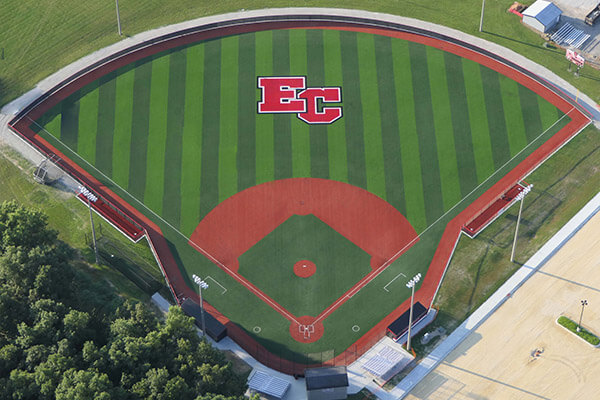
Have questions about making the switch from natural grass to a turf baseball field? We’re here to help talk you through it — contact us!
Similar Blogs
